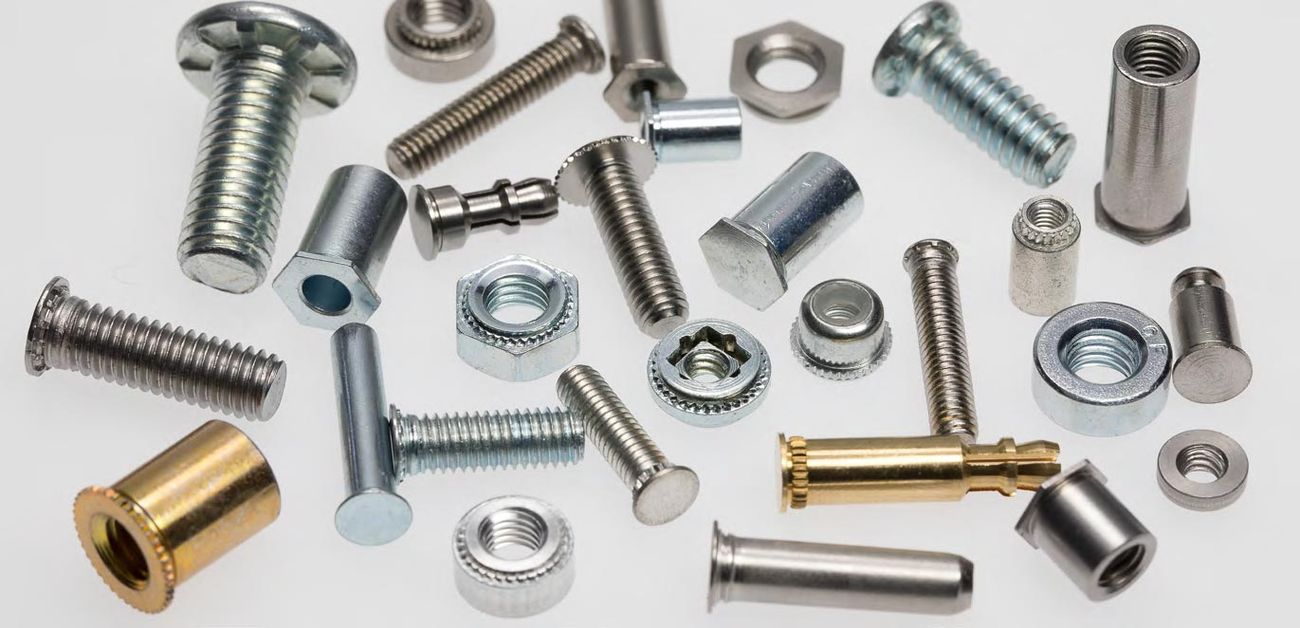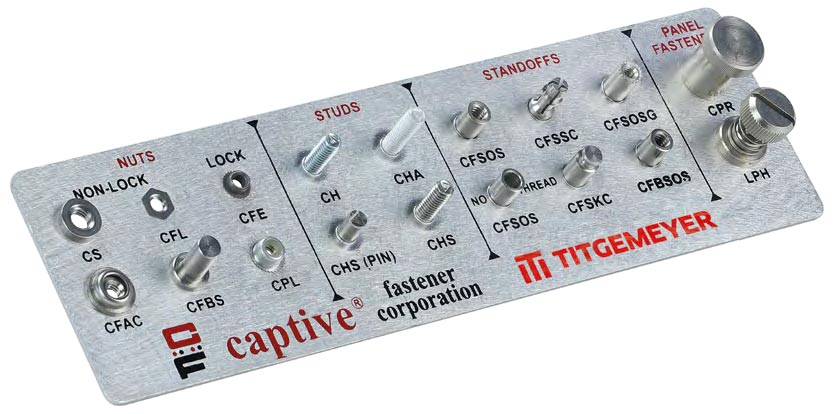Benefits at a glance
- Highly durable threads in thin sheeting
- Can be used in stamped, lasered or drilled round holes
- High pull-out and pull-through strength
- Significant cost savings due to automatic feed during installation
- Can be installed on coated metal sheeting without difficulty
- No special pre-working required — No secondary operations required
- Very accurate positioning, perfectly square to the sheet or panel
- RoHS & REACH compliant Exception:
- Series: CFFS, CFFC, CFE, CFEO
- Finish: CC, CB, CI, EF, DM, TL (not standard)
Other important notes
Wherever the symbol (-) is displayed under the Article No. in the catalogue, please order based on the description, e.g. (CH M3-25).
Note
All installation, pushout and torque-out force references are based on recommended installation specifications and procedures. Differences in mounting hole dimensions, sheet material and installation methods may alter this data. It is recommended that you test the performance of this product in its specific application. Samples are available for this purpose on request.

